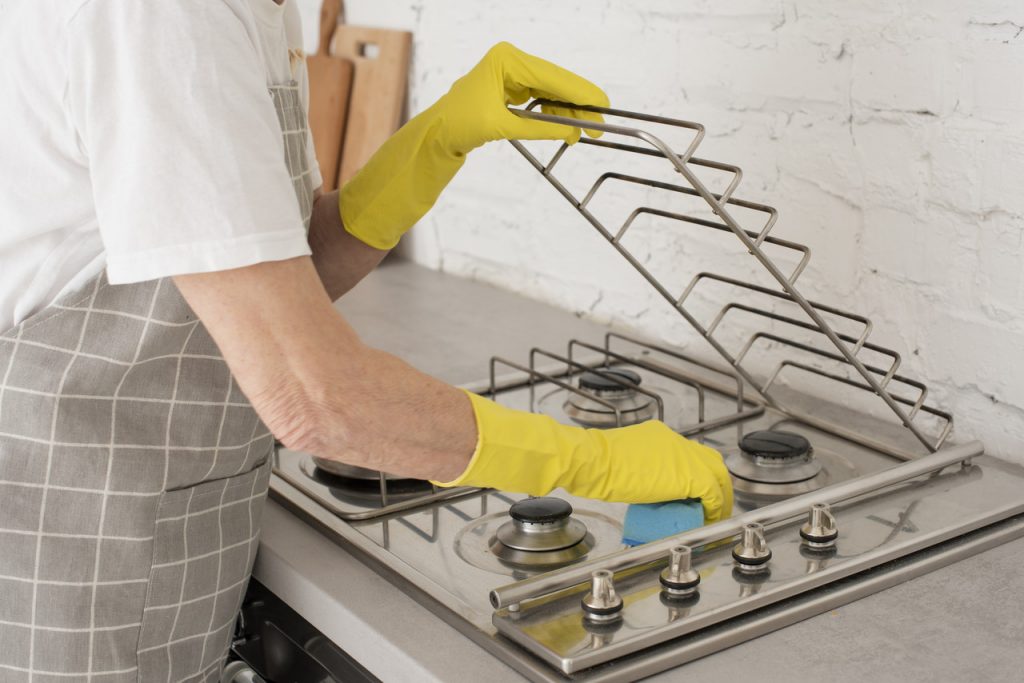Tidiness in the kitchen means not only taking care of the aesthetics of the space where we prepare meals, but also investing in its functionality. Proper segregation of dishes and utensils, arranging cabinets so that we don’t disturb each other – all this facilitates any work in the kitchen space. How to make a small but important revolution in the kitchen?
Cabinets in the kitchen should be arranged in such a way that the space is ergonomic for us. However, this is often not easy to implement, if only because of the small size of the room or its unfavorable shape. What should I do?
You should always try to arrange the cabinets in such a way that working in the kitchen doesn’t make it difficult for others to access the basic elements. Above all, this means easy access to each of the five important kitchen zones:
It is valuable at the same time to leave enough space so that you can freely pass and pass other people. That is why islands with a comfortable worktop are so popular in spacious kitchens. It is recommended that the countertop itself be empty and ready for use. Sometimes various decorative accessories look very good on it, but in this case minimalism works best

First of all, you should strive to give up unnecessary or rarely used items. The fewer of them, the easier it will be to keep things in order. It is also worthwhile that each item has its own place. This also applies to e.g. pots, which due to their irregular shape are often left on top. Even if we do not have space for them in one of the cabinets, they can often be suspended between the upper cabinets and the countertop. It doesn’t take much effort to do this – adhesive towel rails, for example, are often enough
>> See also: How to store clothes in the basement or attic?
It is important to know where you have to bury individual items and to constantly follow the accepted method of storing them. A good place for cutlery will of course be drawers. Again, however, you need to invest in plastic organizers, which will allow us to store each category of cutlery separately. In deep drawers and cabinets there will be room for pots and pans. Locate them so that they will be in the cooking area when needed. Reserve the upper shelves for valuables or less frequently used items. We’ll have them on hand in case of an emergency, but they won’t bother us during daily chores where they’re not essential.
It is very important for keeping the kitchen tidy that we have easy access to the utensils necessary for cleaning. They should be in one place and easy to reach. Some accessories, such as microfiber cloths and a sprayer, should be kept in the kitchen. They will come in handy if you frequently wash your worktop. The same goes for a small dustpan and sweeper, thanks to which you can easily remove anything that falls on the floor while preparing meals.
Probably the weekly general cleaning will be enough for us if we follow a few important rules: